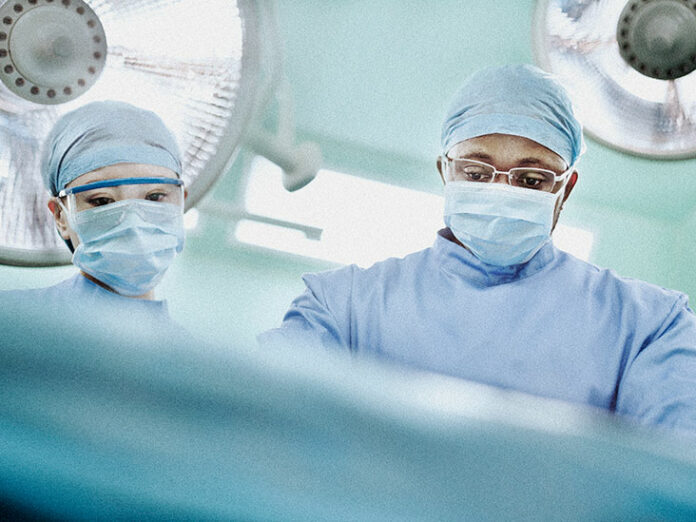Between 2005 and 2016, there was an increase in both the number of surgical operations for gunshot wounds and the severity of injuries, according to a new study. The cost of hospitalizations also rose over the same period, but survival rates improved.

The annual healthcare costs of gun violence in the United States exceed $170 billion.
According to surgeons at the David Geffen School of Medicine at the University of California, Los Angeles, operations account for more than $16 billion of these costs.
The team has tracked the changing frequency and cost of surgery for gunshot wounds, as well as the severity of the injuries.
“We’re now seeing a lot more on the impact of gun violence. In the past, gun violence was never really discussed in the open — it was thought to only affect a certain population. However, now we know that it affects everyone,” says Dr. Peyman Benharash, who led the research.
“In the hopes of trying to reduce it at a systemic level from top to bottom, we’re reporting, as surgeons, how gun violence in the patients that we treat has changed over the last decade.”
Using a database called the National Inpatient Sample, the researchers identified all the adults admitted to U.S. hospitals with gunshot wounds that required major surgery between 2005 and 2016.
Over this period, a total of 322,599 people were admitted with gunshot wounds, of whom 262,098 underwent surgery.
The frequency of operations increased by 18%, from 19,832 in 2005 to 23,480 in 2016. But the data suggest that this increase was largely the result of improved survival rates of individuals prior to hospital admission.
“It appears that patients are reaching surgery more often because of reduced mortality before they get to the hospital,” says Dr. Benharash.
The researchers attribute this to more successful resuscitation and improvements in the process of transporting people to the hospital.
In addition, they believe that the American College of Surgeons’ Stop the Bleed campaign, which teaches the public how to stop life threatening bleeding, has helped more people survive long enough to reach the hospital.
However, the severity of gunshot injuries that surgeons treated did worsen between 2005 and 2016.
According to the International Classification of Diseases Injury Severity, which scores a person’s chances of surviving surgery, there was a 2.5% increase in the severity of injuries.
Meanwhile, the median cost associated with hospitalization for a gunshot injury requiring surgery — adjusted to account for the change in gross domestic product (GDP) over this period — increased significantly. It went up by more than 27%, from $15,100 in 2005 to $19,200 in 2016.
Over the same period, the average hospital stay lengthened from 7.1 days to 12.6 days.
The most expensive operations involved head and neck, vascular, and gastrointestinal injuries.
“We hope that our findings are able to better inform policy in terms of violence prevention, as well as remuneration for hospitals that care for these patients, which are often in underserved regions,” says Dr. Benharash.
“It’s also important to note that the economic and psychological costs of gunshot wounds do not stop when the patient is discharged,” he adds. “This stays with them and their families and their neighborhoods for a very long time.”
A preprint of the study appears online in the Journal of the American College of Surgeons.
“Over the past decade, the increase in gun violence and severity has resulted in higher costs. Operations involving selected surgical treatments incurred higher in-hospital costs. Given the profound economic and social impact of surgically treated [gunshot wounds], policy and public health efforts to reduce gun violence are imperative.”
– The study authors
The study did bring some good news: The mortality rate for patients who underwent surgery for gunshot wounds declined from 8.6% in 2005 to 7.6% in 2016.
The researchers attribute this to improved surgical techniques and associated hospital treatments, as well as better patient management.
The highest mortality rates were associated with gunshot wounds from suicide attempts, highlighting the importance of mental health services.
“The group of patients who self-harmed actually had the highest mortality overall,” says Dr. Benharash. “This situation points again to the need for better mental health access that hopefully leads to a reduction in suicide attempts.”






